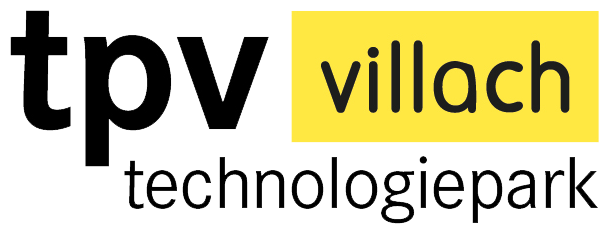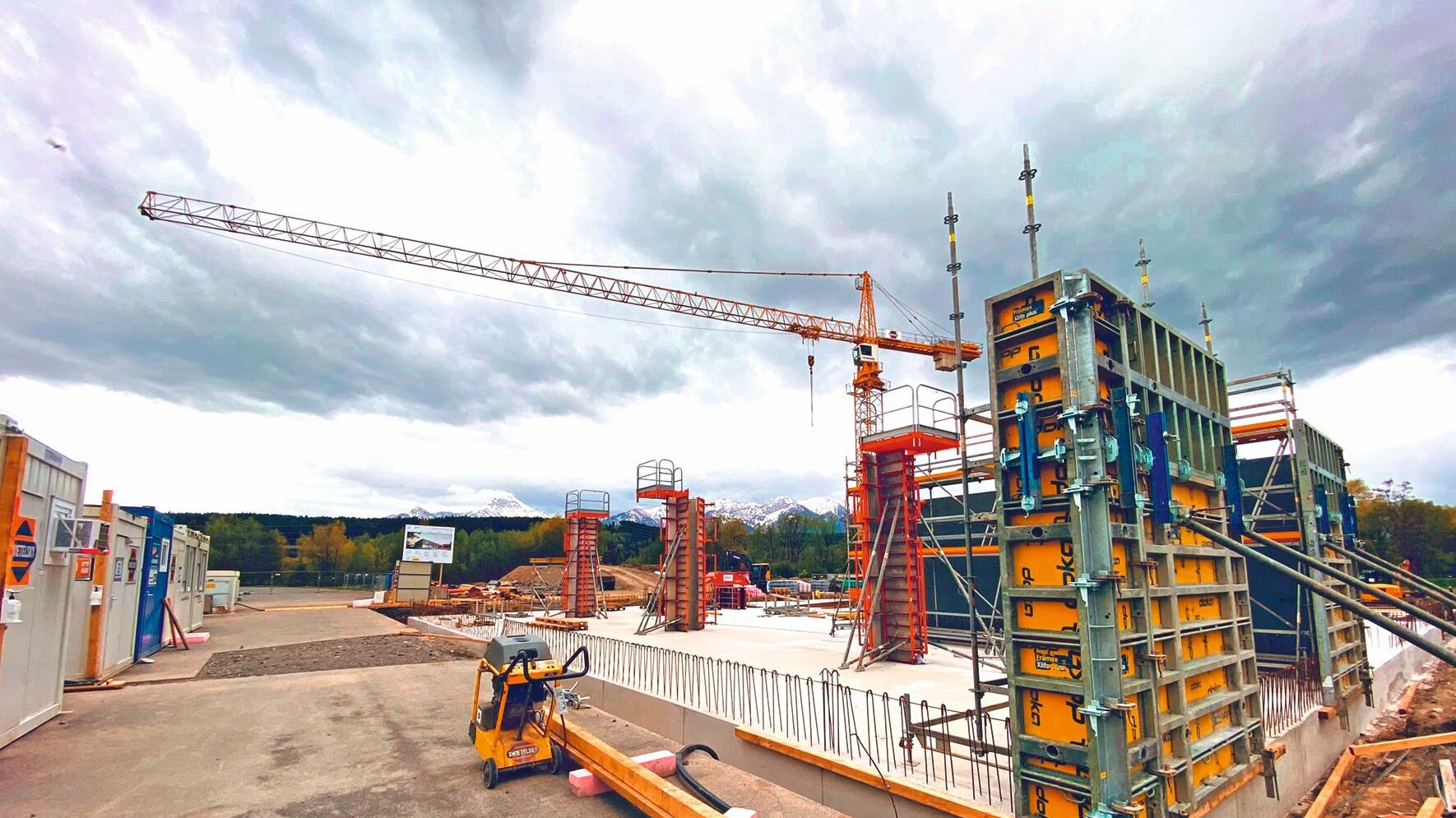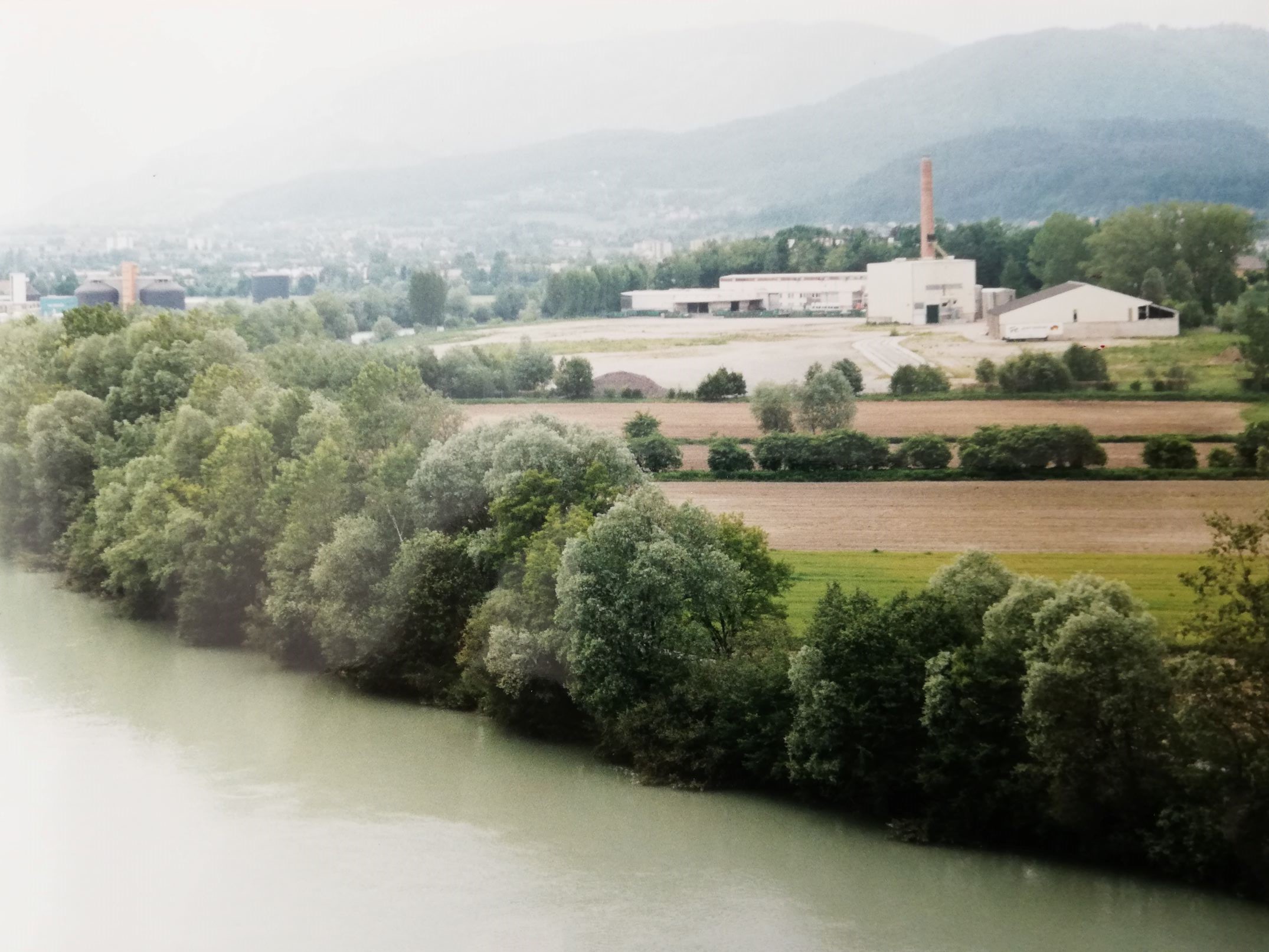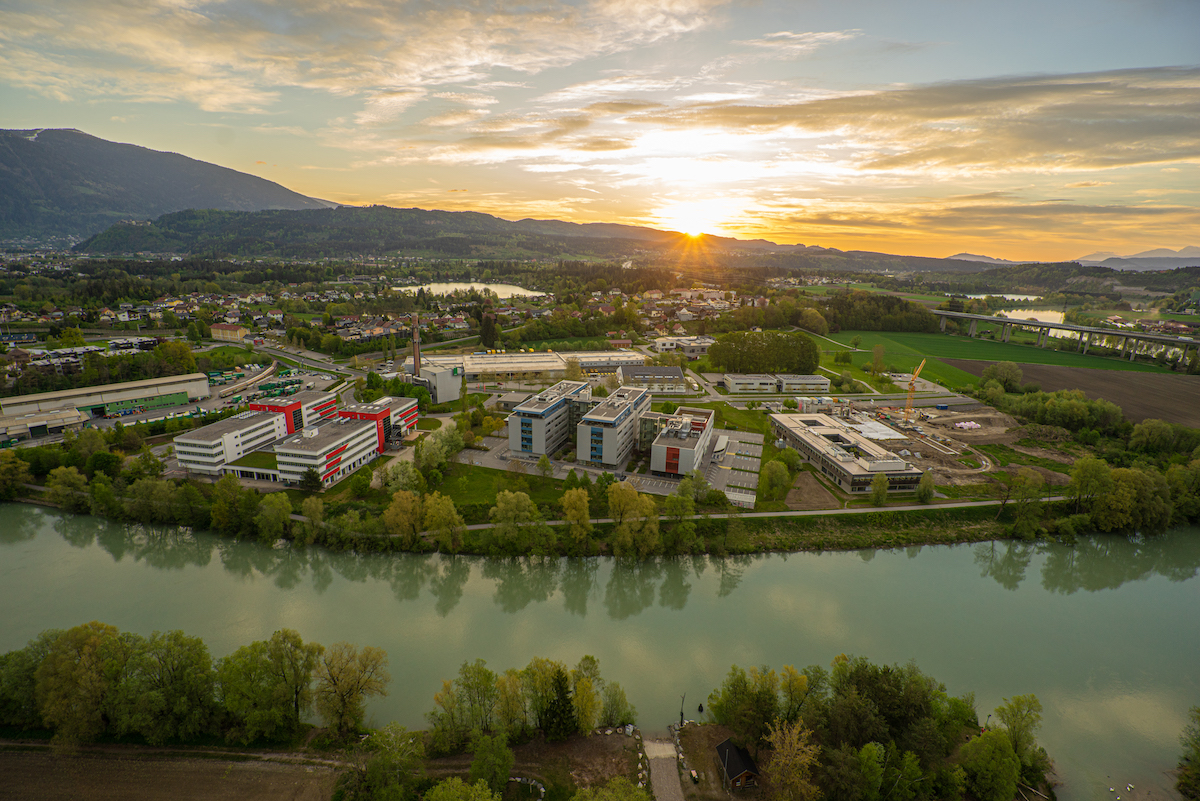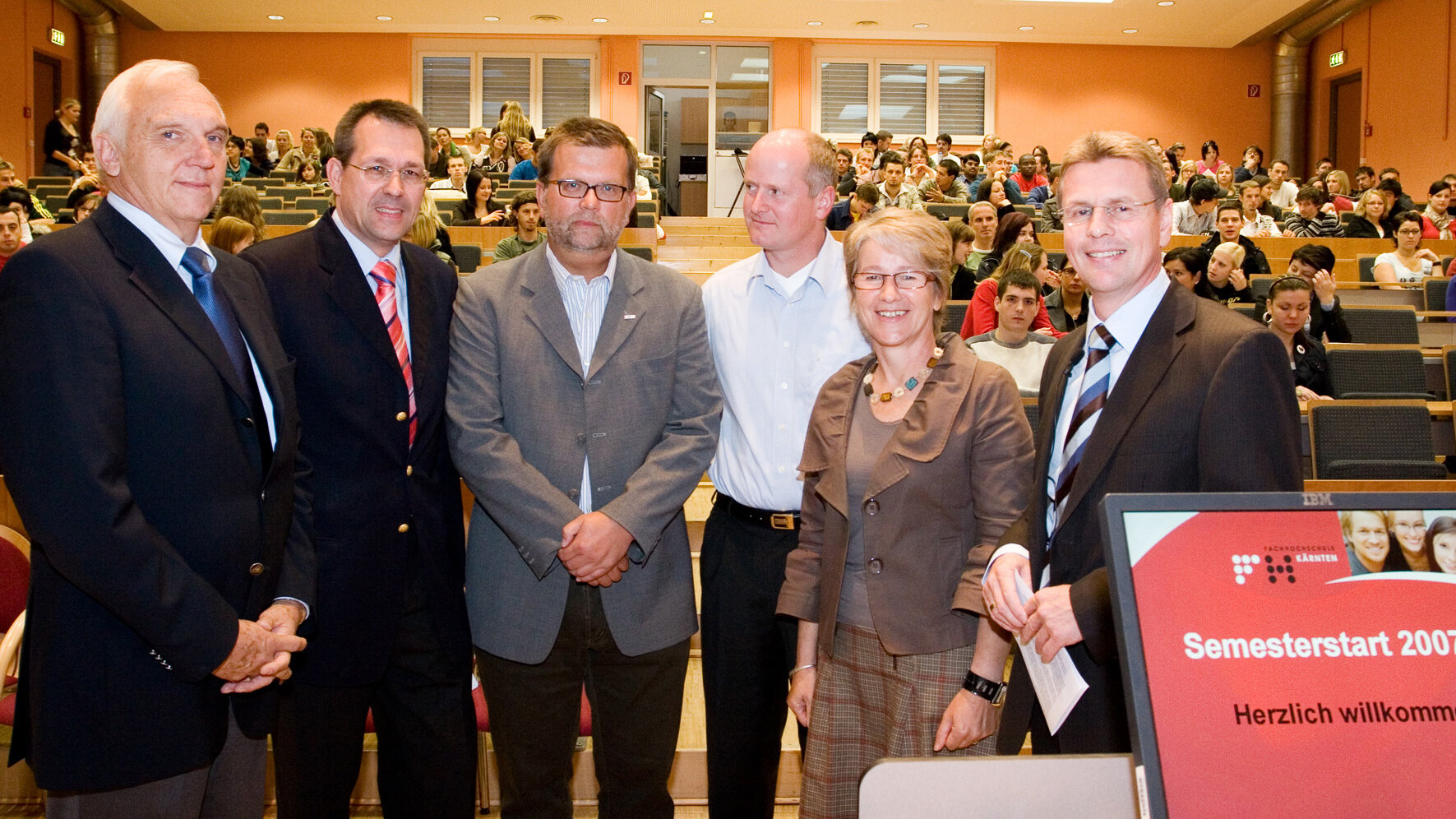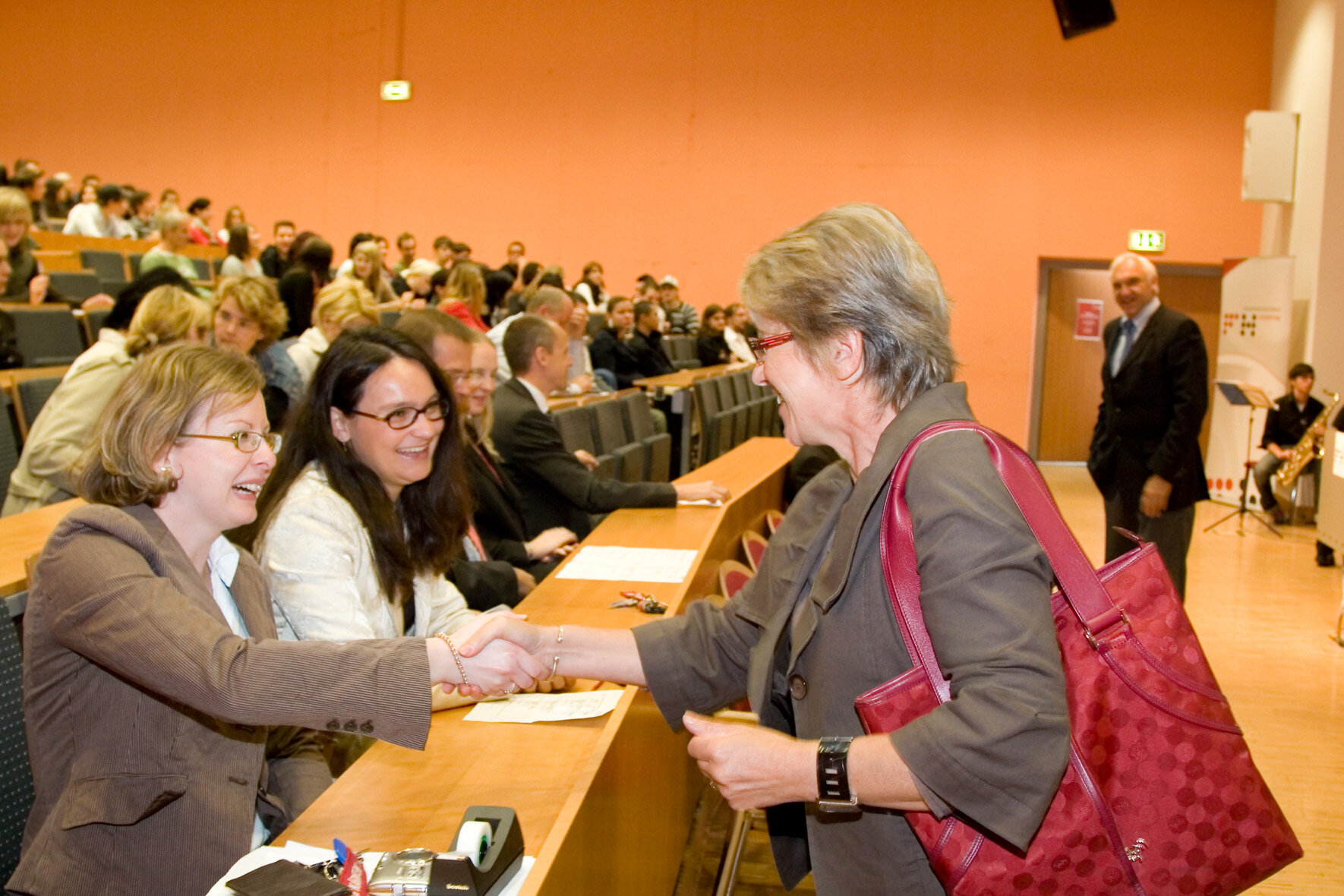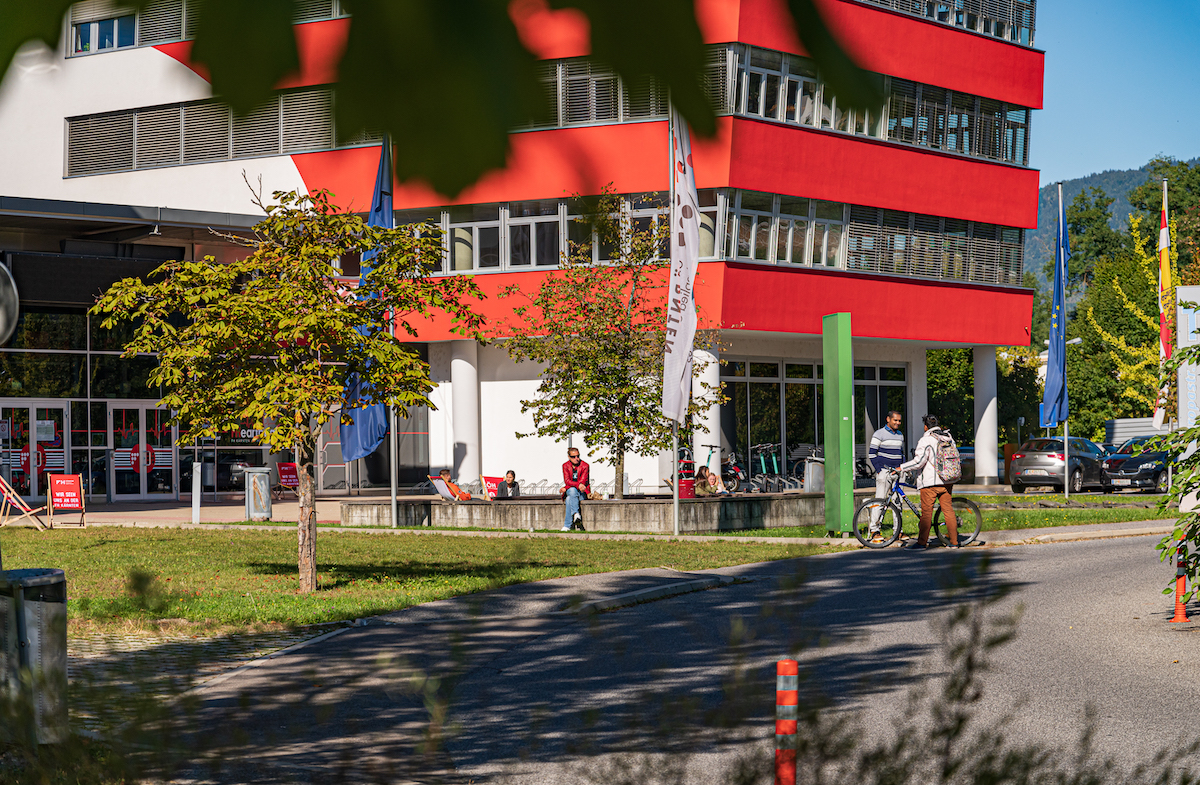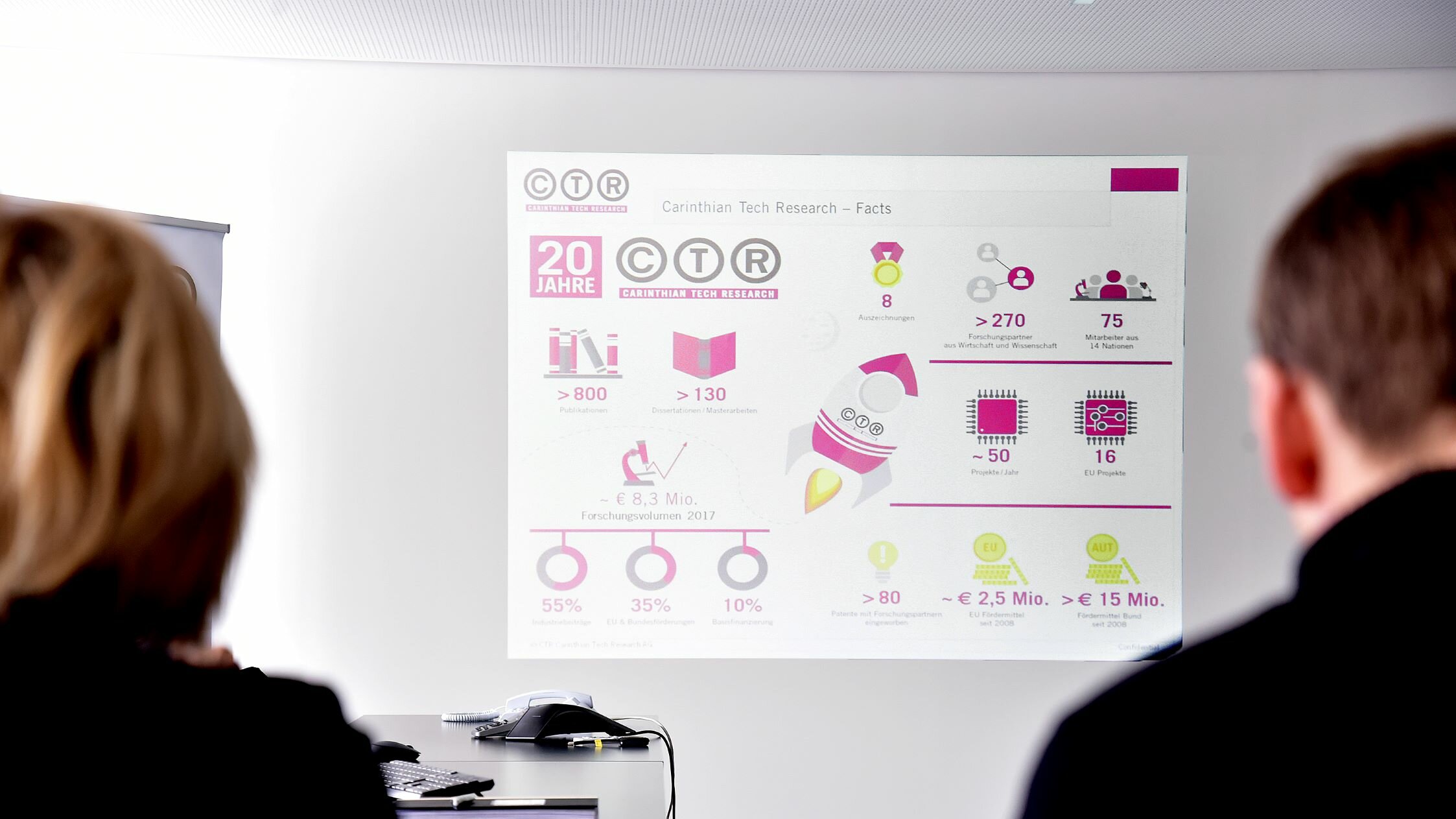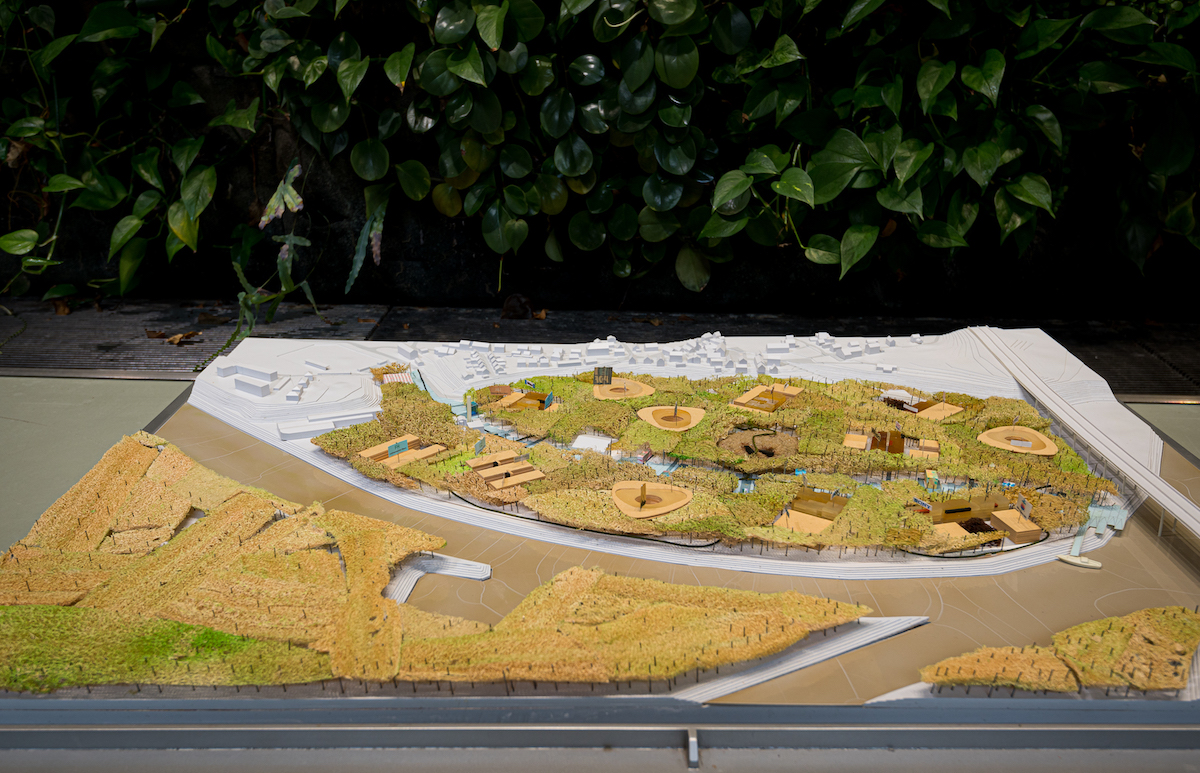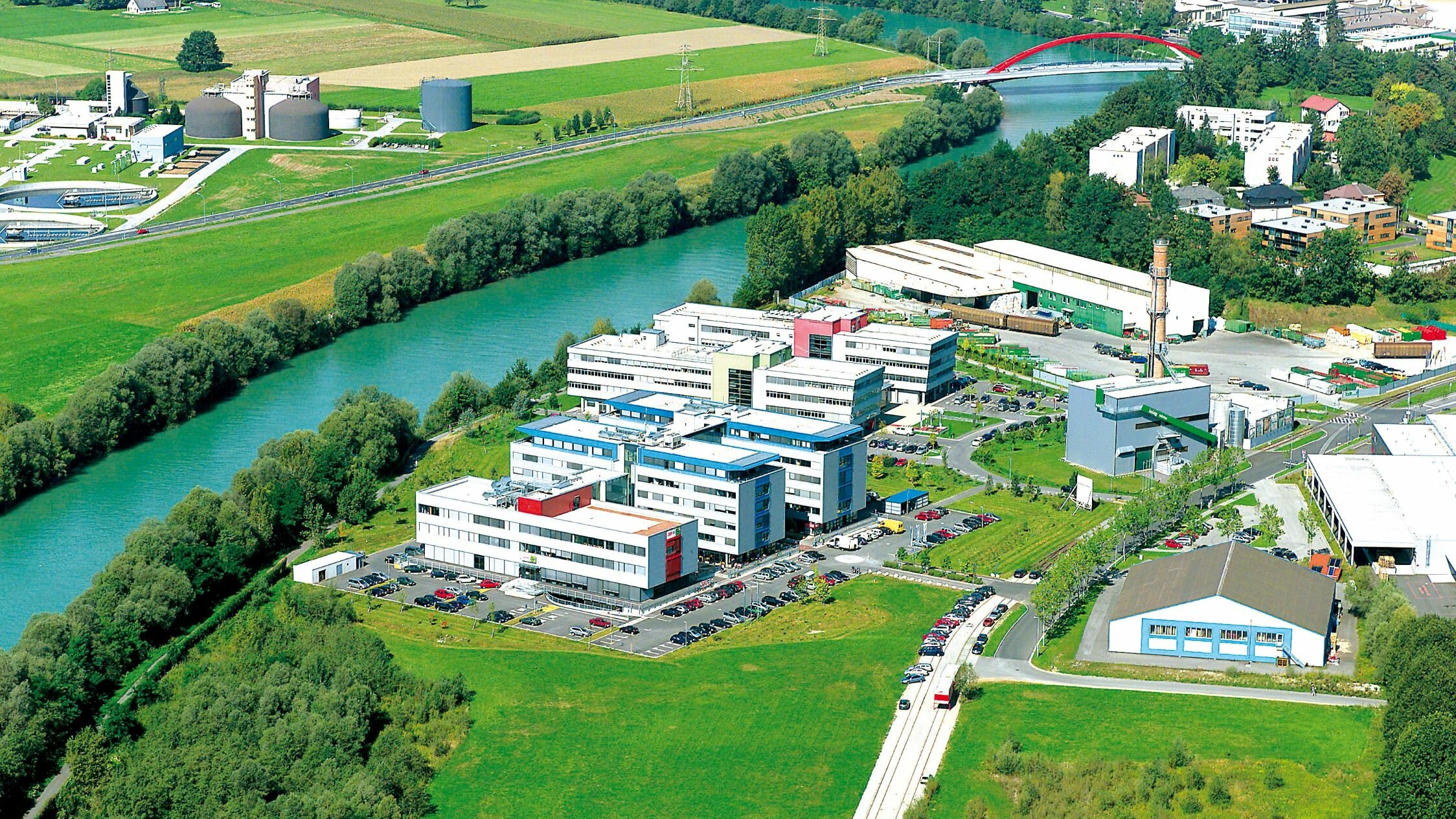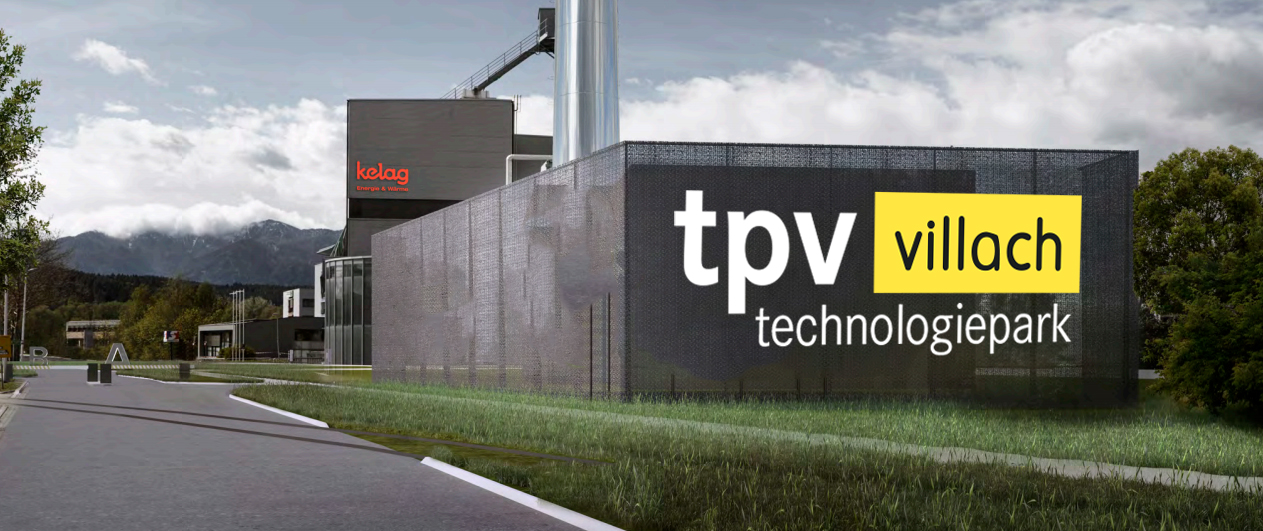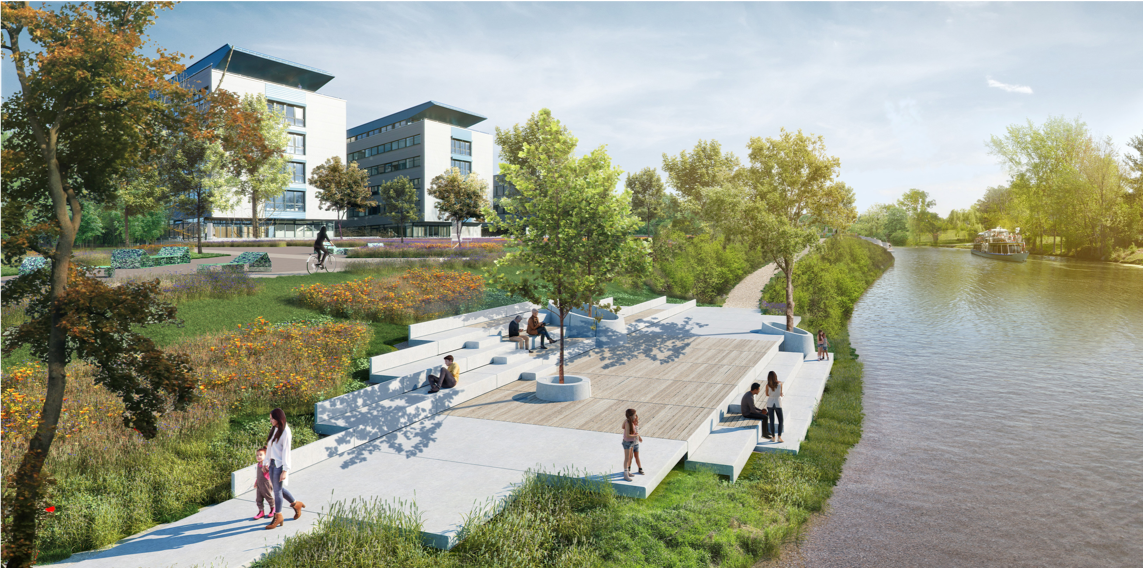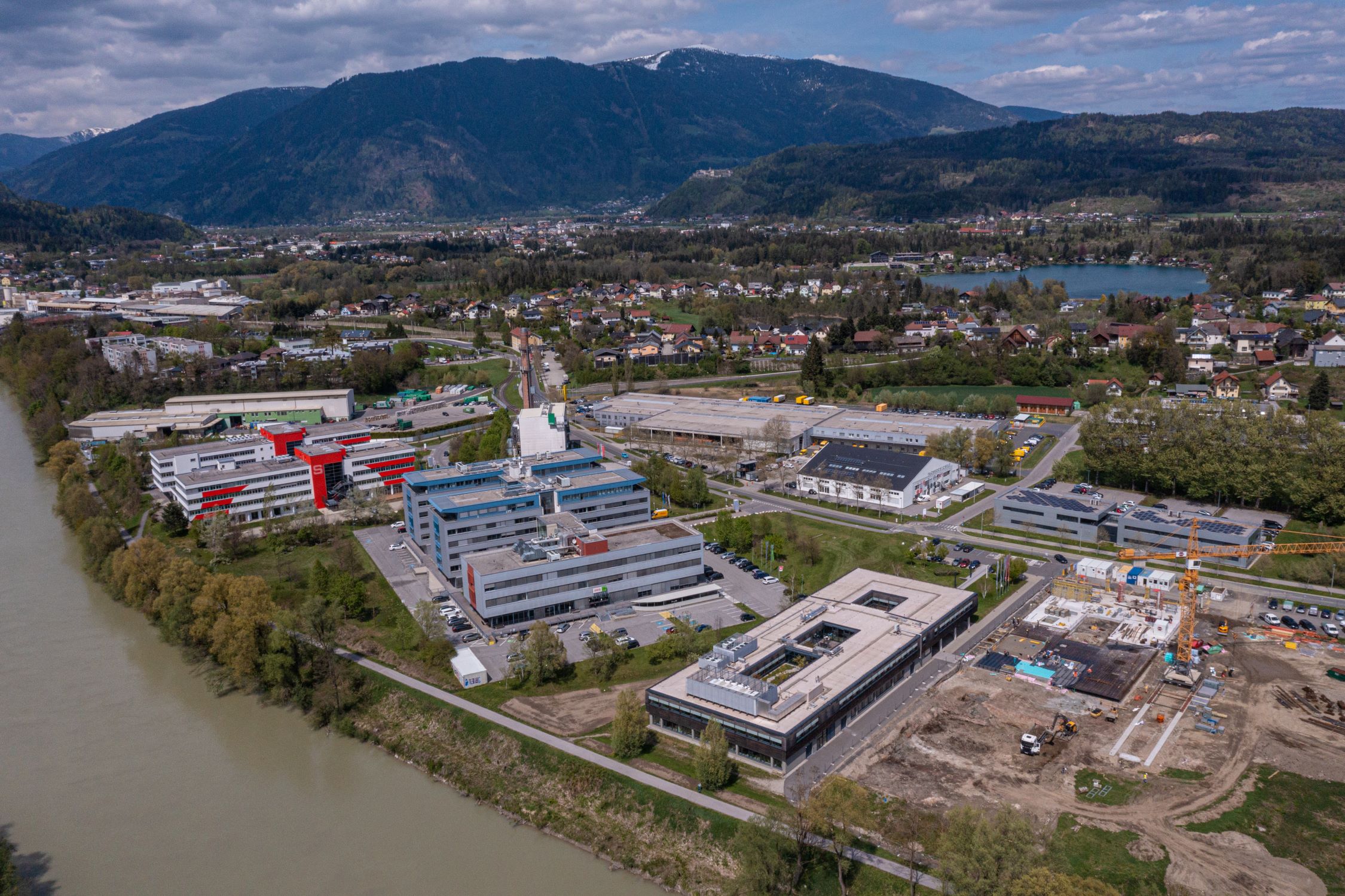TECHNOLOGY CAMPAIGN
Instead of stagnating, an aggressive campaign around technology was undertaken which would lead to dynamic momentum, high quality of life, a great site, and an economic upswing in a variety of sectors. With this strategy, Villach positioned itself clearly and made a name for itself as a great business location for high-tech companies in the Alps-Adriatic region.
The conditions for this were just right due to the major companies that were already located in Villach, such as Infineon Technologies (formerly Siemens) or SEZ(Semiconductor Equipment - Accessories for Semiconductor Manufacturing), today Lam Research. Beginning in 1997, the City of Villach bought from the Province of Carinthia not only the land belonging to the former pulp mill, but also additional pieces of land from private landowners, in order to have access to a contiguous area. The investment required from the city for a total area of approximately 27 hectares has amounted by now to around €10 million.
This decision preceded the establishment of a separate economic department in 1996 (now part of the Finance and Economic Department) which was primarily given the task of establishing Villach as a high-tech business location and of creating new, high-quality jobs in the tech sector.
